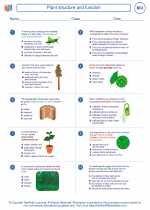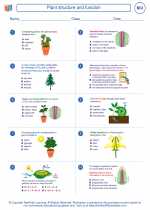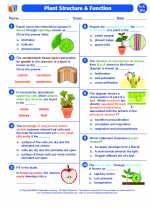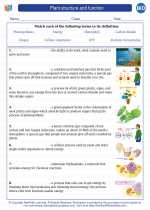Introduction to Anatomy
Anatomy is the study of the structure and organization of living organisms. It is a branch of biology that focuses on the physical structure of organisms, including their internal and external parts.Types of Anatomy
Anatomy can be divided into several subfields, including:- Gross anatomy: The study of the structures that can be seen with the naked eye, such as organs, bones, and muscles.
- Microscopic anatomy: The study of the structures that can only be seen with the aid of a microscope, such as cells and tissues.
- Developmental anatomy: The study of how organisms grow and develop from conception to adulthood.
- Comparative anatomy: The study of the similarities and differences in the structure of different species.
Anatomical Terminology
An understanding of anatomical terminology is essential for studying anatomy. Some important terms include:- Anatomical position: The standard reference position for the body, where the body is standing upright, feet shoulder-width apart, and palms facing forward.
- Anterior (ventral) and posterior (dorsal): Referring to the front and back of the body, respectively.
- Superior and inferior: Referring to the top and bottom of the body, respectively.
- Proximal and distal: Referring to positions closer to or farther away from the center of the body.
Systems of the Body
The human body can be divided into several systems, each with its own unique set of organs and functions. Some of the major systems include:- Skeletal system: Comprising the bones and joints of the body, providing structure, support, and protection.
- Muscular system: Consisting of the muscles that enable movement and support the skeletal system.
- Cardiovascular system: Including the heart and blood vessels, responsible for transporting oxygen and nutrients throughout the body.
- Respiratory system: Involving the lungs and airways, facilitating the exchange of oxygen and carbon dioxide in the body.
- Digestive system: Comprising the organs involved in the ingestion, digestion, and absorption of food and nutrients.
- Nervous system: Including the brain, spinal cord, and nerves, responsible for transmitting signals and controlling bodily functions.
- Reproductive system: Involving the organs and structures necessary for reproduction.
Importance of Anatomy
[Anatomy] Related Worksheets and Study Guides:
.◂Biology Worksheets and Study Guides High School. Plant structure and function
Worksheet/Answer key Plant structure and function
Plant structure and function  Worksheet/Answer key
Worksheet/Answer key Plant structure and function
Plant structure and function  Worksheet/Answer key
Worksheet/Answer key Plant structure and function
Plant structure and function  Worksheet/Answer key
Worksheet/Answer key Plant structure and function
Plant structure and function  Vocabulary/Answer key
Vocabulary/Answer key Plant structure and function
Plant structure and function  Vocabulary/Answer key
Vocabulary/Answer key Plant structure and function
Plant structure and function 

 Worksheet/Answer key
Worksheet/Answer key
 Worksheet/Answer key
Worksheet/Answer key
 Worksheet/Answer key
Worksheet/Answer key
 Vocabulary/Answer key
Vocabulary/Answer key
 Vocabulary/Answer key
Vocabulary/Answer key

The resources above cover the following skills:
Concepts of Life Science (SC1, SC2, SC3)
The student demonstrates an understanding of the structure, function, behavior, development, life cycles, and diversity of living organisms by describing the structure-function relationship